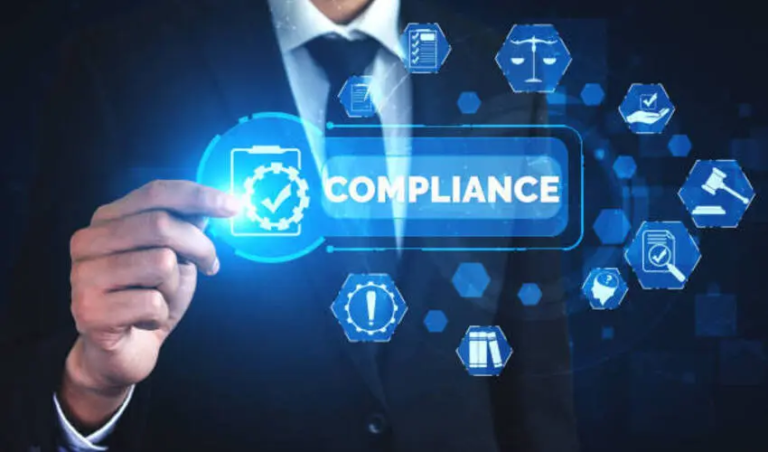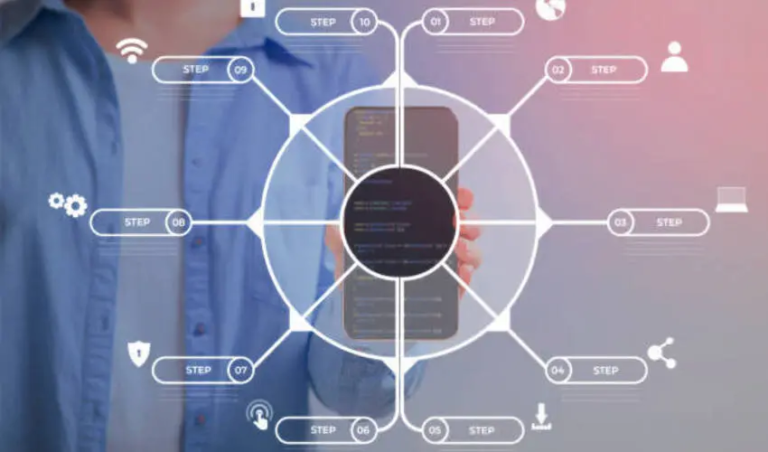Phishing attacks can be defined as fraudulent attempts, particularly through messages and emails, to trick people into showing confidential data and connecting to malware.
Introduction
Phishing attacks are among the most common and costly threats companies face. According to the FBI’s Internet Crime Reports, phishing was the most reported cybercrime, with more than 298,000 complaints and huge amounts in associated losses. Numerous phishing attacks target employees directly. Each company must have awareness to identify, respond, and recover rapidly.
Here is the 8-step guide.
Identify and Report Rapidly
The primary defense line is awareness. Employees must recognize suspicious emails like unusual addresses, unexpected attachments, and crucial language. Educate staff to utilize the company reporting channel (e.g., IT helpdesk and a report phishing button). Primary reporting can prevent one mistake from spreading across the company.
Separation of the Threats
If an employee opens a suspicious attachment or clicks on a malicious link, IT must act in real-time. Disconnect the gadget that is affected from the office network to safeguard against malware from spreading. Administrators must lock or suspend the compromised account until it is safe.
Contain and Examine
Security teams must assess the links, email headers, and attachments to comprehend the attacking scope. The main questions entail:
- Was the malware installed?
- Were login credentials stolen?
- Did the attackers attempt lateral movement?
Incorporate email security and threat intelligence tools to detect whether other employees have received similar messages.
Eliminate the Attack
Remove the phishing email from all inboxes using your email security or endpoint detection. Erase the phishing email from all inboxes in your endpoint detection and email security tools. If credentials were shown, force a password reset and require multifactor authentication (MFA) for the accounts that are affected. Block URLs, IP addresses, and malicious domains at the mail gateway and firewall.
For more information, read: Top 20 Cybersecurity Compliance Firms That Help You Stay Audit-Ready – Diginatives
Safe Recovery
Restore and reimage the gadget from a clean backup if malware was installed. Authenticate that all the affected systems are free of compromise prior to reconnecting to the official network. Therefore, all cloud account needs to review activity logs to guarantee that sensitive data was not exfiltrated or accessed.
Transparent Communication
Tell the leadership if it is needed by regulations and law. You must disclose the incident to the customers, partners, and regulators. Transparent communication creates trust and is perhaps legally important in the event of a data breach.
Learn and Fortify Defenses
All phishing incidents must trigger an examination review. You must ask the way to bypass email filters. Why did the employee fall victim to it? What training and tools would have prevented the breach? Incorporate these lessons to enhance defenses, like allowing a fortified MFA, conducting daily phishing simulations, and compressing email filters.
Also Read: Why Cybersecurity Must Be a Priority for Growing Businesses in 2025? – Diginatives
Create a Strong Culture of Security
Technology alone cannot prevent phishing. A strong vigilance culture and continuous education are important. According to Proofpoint’s state of phishing report last year, 71% of companies experienced a phishing attack, highlighting the requirement for both training and tools.
Final Thoughts
Replying to a phishing attack is not only about cleaning up after the incident. In fact, it is about creating resilience. Rapid identification, containment, continuous enhancement, and transparent communication enable companies to reduce the damage caused by phishing and safeguard important information.
Frequently Asked Questions (FAQs)
Immediately disconnect from the network (Wi-Fi and VPN), report to IT, and avoid entering any credentials. Quick reporting allows faster containment.
Immediately. Even if a compromise isn’t confirmed, proactively resetting credentials minimizes attacker dwell time and protects critical accounts.
No. Attackers often steal data before encrypting it. Backups help restore operations, but prevention, detection, and strong access controls are equally vital.
At least quarterly, with simulated phishing campaigns to reinforce awareness and measure readiness.
Yes, to a large degree. While not foolproof, MFA blocks most credential-based compromises, especially when using phishing-resistant methods.






